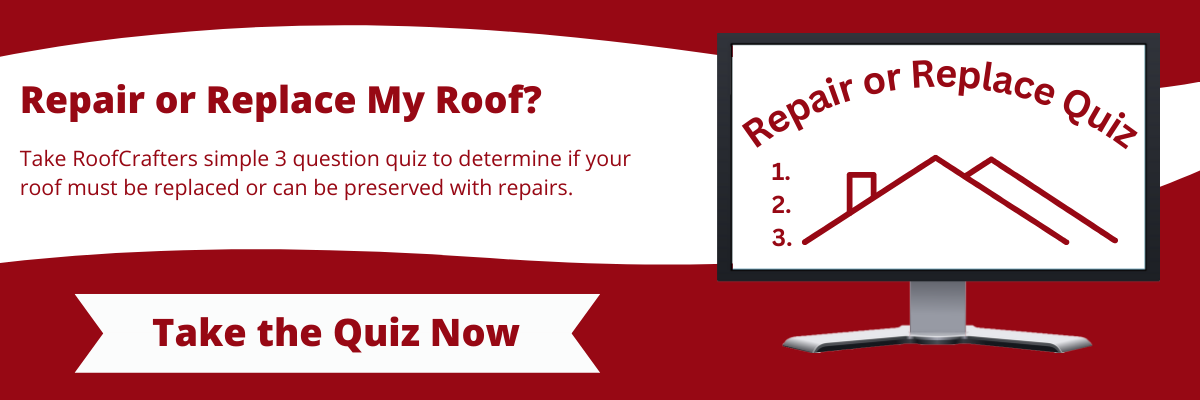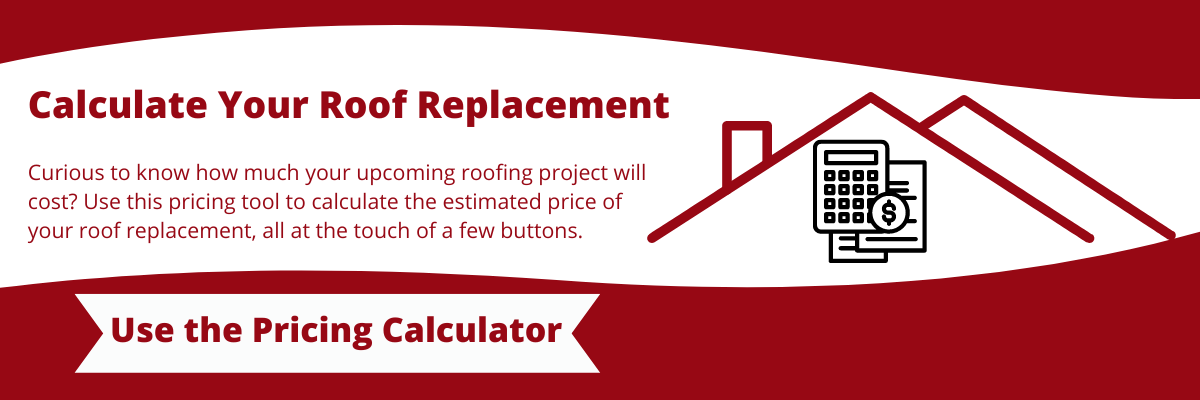Revolutionizing Roofing: The Power of Satellite Reports for Accurate Assessments
December , 2023 | 10 min. read
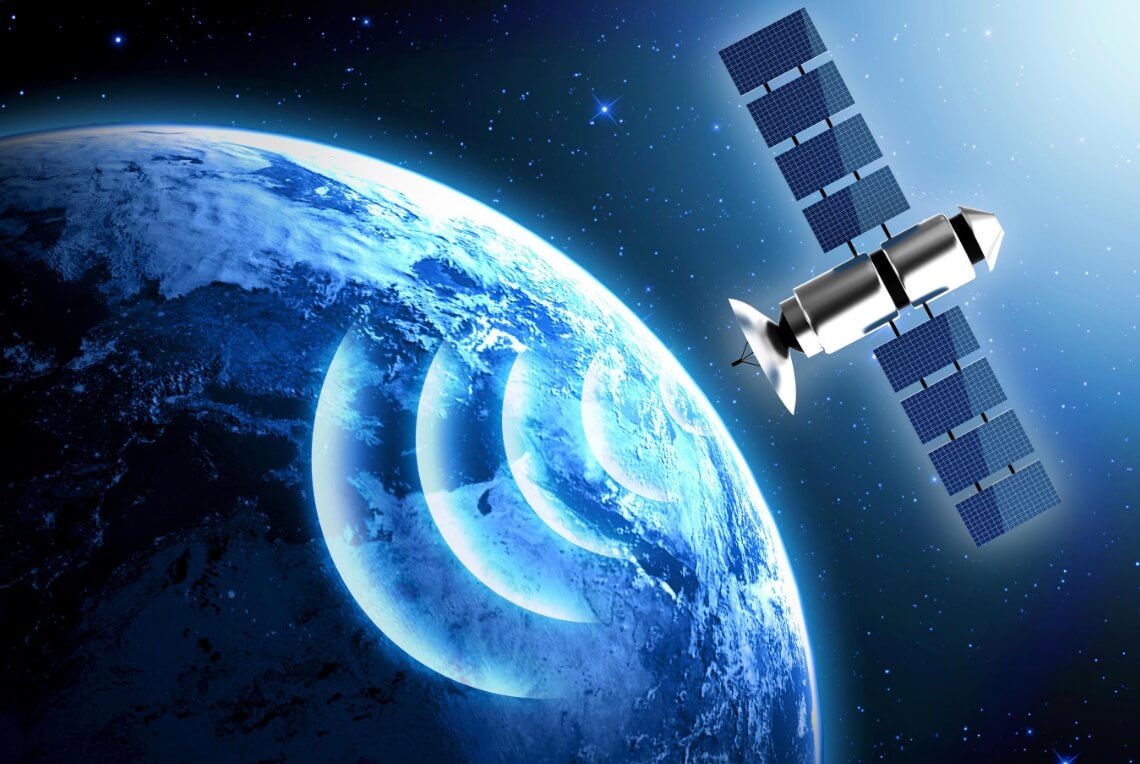
Picture this: you're a roofer, tasked with inspecting a towering skyscraper. The only problem? The building is so tall, that even a superhero would struggle to reach the top.
Not to mention, the cost of scaffolding, harnesses, and other safety equipment can be sky-high. But what if there was a solution that could save you time, money, and the hassle of scaling a mountain of bricks and shingles?
Enter the satellite report.
Think of it as the X-ray vision of the roofing industry. With the click of a button, you can get a bird's eye view of any roof, from the comfort of your computer. No more craning your neck or risking life and limb to get a closer look. And the best part? It's cost-effective. That's right, we can inspect your roof without breaking the bank.
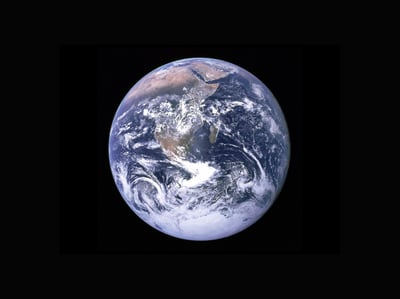
RoofCrafters has been scaling buildings and climbing those mountains of shingles for 3 decades. We’re not afraid of the difficult task that comes with roofing. Yet, we also love and embrace our ever-expanding technology! Especially if it means creating more precise roof bids and saving you money at the same time. That’s why we’ve been using satellite roof reports for over a decade.
If you're skeptical about satellite roof reports, no worries. We understand your concerns that’s why we want to share our experience using satellite reports with you.
So, why should roofers consider using satellite reports? Well, not only do they save time and money, but they also provide increased accuracy and improved safety. In this article, we'll dive into the benefits of using satellite reports. We'll explore the pros and cons, and take a closer look at the cost. So sit back, grab a hard hat, and let's explore the future of roofing using technology together.
Let's get started by discussing what is a satellite report.
Understanding Satellite Reports: A High-Tech Tool for Roofers"
A satellite report is a comprehensive report generated by a satellite. It provides details about various aspects such as weather, location, and for roofers, measurements. The data is useful for weather forecasting, mapping, communication, and calculating roof quotes.
In roofing, a satellite report refers to a high-resolution image of a building's roof taken from a satellite. It’s often used to inspect and assess the roof's condition and identify any damage or potential issues. The report is useful for roofing contractors, insurance companies, and building owners. To plan maintenance and repair work or confirm claims.
Companies that provide roofers satellite reports use state-of-the-art geospatial software to deliver photos and measurements.
The Practical Application of Satellite Reports in Roofing
Glad you asked! A satellite roof report provides roofing companies with accurate measurements of the entire roof. The measurements include hips, ridges, valleys, rake/gables, headwall/end walls, sidewall/rake walls, transitions, peaks, and total square footage.
All the important components we need to estimate your roof.
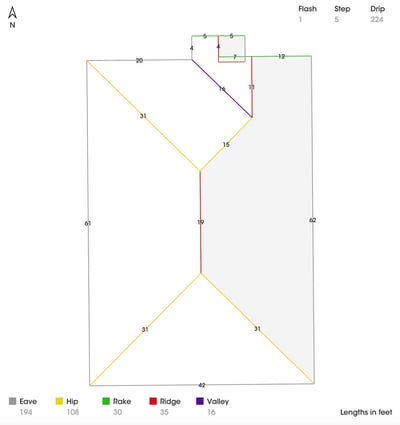
Satellite Reports Help Reduce Cost
Roofing contractors use satellite reports to help lower their costs and create accurate estimates for you. Here are some of the ways:
- Inspect the roof without getting on the roof. By doing so, reducing the need for equipment, such as man-lifts, scaffolding, or ladders.
- Identify roof damage and wear and tear, such as cracks, missing or damaged shingles, and flashing issues.
- Plan and estimate the cost of roofing projects accurately. By having a clear view of the roof’s condition roofers can easily determine what's needed to perform the job.
- Create and put in place efficient and effective maintenance plans. By seeing where debris collects, water ponds, and knowing how many gutters you have.
- Provide visual evidence of roof damage for insurance claims. Most insurance carriers rely on a satellite report and many need it to confirm measurements before settling your claim.
What are the Pros of a Satellite Roof Report?
Satellite reports can save roofers time and improve the accuracy of their assessments. Allowing your roofer to deliver better and more cost-effective roofing services.
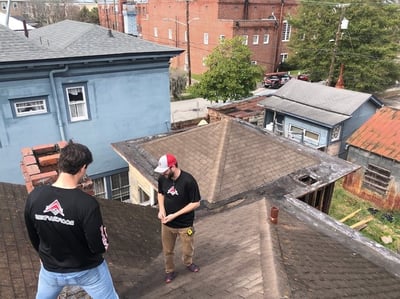
Some other benefits include:
- Improved safety: By avoiding the need to access the roof physically, roofing companies can reduce the risk of injury to their workers
- Increased accuracy: Satellite reports provide high-resolution images. These allow roofing companies to identify damage and potential problems with greater accuracy.
- Faster assessments: Roofing companies can get satellite reports fast. This speeds up the assessment process and reduces the amount of time spent on estimating job costs.
- Better planning and estimating: Getting a clear view of the roof's condition. Roofing companies can plan projects and estimate costs better for you.
- Increased efficiency: Roofing companies can focus on repairs and maintenance work more efficiently. This reduces the amount of time spent on each job. Saving you money.
- Improved customer service: Satellite reports can provide visual evidence of roof damage. Which can support insurance claims and help resolve disputes. This can help improve customer satisfaction and foster trust.
What are the Cons of a Satellite Roof Report?
Overall, satellite reports can provide valuable information for roofing contractors. It's important to be aware of their limitations. Roofing experience and understanding of roofing are best. We'd recommend using a satellite report as part of a comprehensive inspection process.
Here are some disadvantages:
- Limited resolution: High-resolution satellite imagery can provide a detailed view of the roof. However, there may be limitations to the level of detail. Some damage may not be visible from satellite imagery and may need an onsite inspection.
- Weather conditions: Weather conditions can affect the quality of satellite imagery. Rain, snow, or heavy cloud cover can obscure the view, reducing the accuracy of the report.
- Age of imagery: The accuracy of a satellite report depends on the age of the imagery. Let's say the image was captured some time ago. The damage that has occurred since may not be visible in the report.
- Viewing angle: The viewing angle of the satellite can affect the level of detail visible in the report. Shadows and obstructions(trees and other buildings) can make it difficult to see the roof clearly, reducing the accuracy of the report.
Evaluating the Precision of Satellite Roof Reports
The accuracy of a satellite report depends on several factors. The resolution of the satellite imagery. The viewing angle of the satellite. The weather conditions at the time of the image capture. The quality of the processing and analysis software.
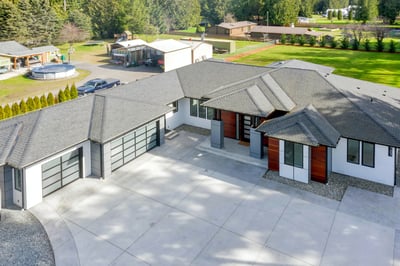
In general, satellite reports can provide a high level of detail and accuracy for roof inspection purposes. High-resolution satellite imagery can reveal small details. Details such as missing or damaged shingles, cracks, and other signs of wear and tear.
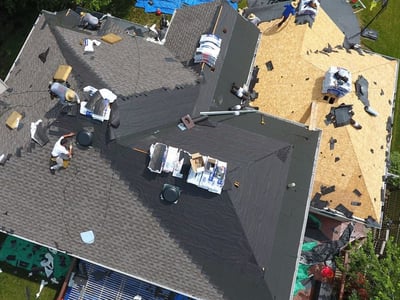
Yet, it's important to note that satellite reports aren't always a substitute for a physical inspection of your roof. Diagnosing a roof leak or some damage may not be visible from satellite imagery. If you need a small roof repair, a hands-on inspection is still recommended to assess the condition of your roof.
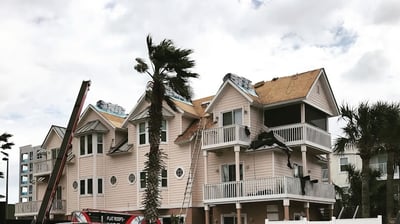
Satellite reports can be a useful tool for your roofing contractor. If you require a full roof replacement they'll help your contractor estimate the project with accuracy.
Depending on your specific needs, they can be used for an inspection to provide you with an accurate roof quote. As mentioned, a physical inspection of the roof may be needed if you have roof leaks or special conditions that need to be looked at.
Understanding the Pricing of Satellite Roof Reports
The cost of a satellite roof report varies depending on several factors. Including the size of the roof, the level of detail required, and the provider of the report. Remember, the report will help your roofer create a better and more accurate estimate.

On average, a basic satellite roof report can cost anywhere from $20 to $150 or more. A report with more details and 3D features can cost several hundred dollars. Some satellite providers also charge monthly or annual subscription fees for access to their software.
It's important to keep in mind that the cost of a satellite roof report is often much less expensive than the cost of a traditional roof inspection. Which will include the cost of equipment, labor, and these ever-rising gas prices!

It's important to factor in the potential savings in time and labor. As well as the increased accuracy and safety benefits, to determine if the investment is worth it.
Embracing the Future: Satellite Reports Revolutionize Roofing
To wrap it all up, embracing satellite reports in roofing is like stepping into the future today. These reports are like having a superhero's X-ray vision at your fingertips, saving time, effort, and resources.
They cut the need for dangerous and costly physical inspections. Providing roofers with detailed, accurate views from a safe distance. Satellite reports offer unparalleled precision and safety. They work equally well for a quaint bungalow or a majestic high-rise. Yes, without straining your wallet.
RoofCrafters has been at the forefront of combining traditional techniques with cutting-edge technology. Which helps ensure every roofing project is as accurate and efficient as possible. So, if you're gearing up for a roofing project, consider the advanced, cost-effective solution of satellite reports. They're not just a smart choice; they're a leap into the next era of roofing excellence.
With the ability to inspect your roof from the safety and comfort of a computer. We can say goodbye to the days of acrobatics and hello to a smarter, more efficient roof estimation process.
At RoofCrafters, our mission is to provide job opportunities for others to thrive and grow while making a meaningful impact within our communities.


